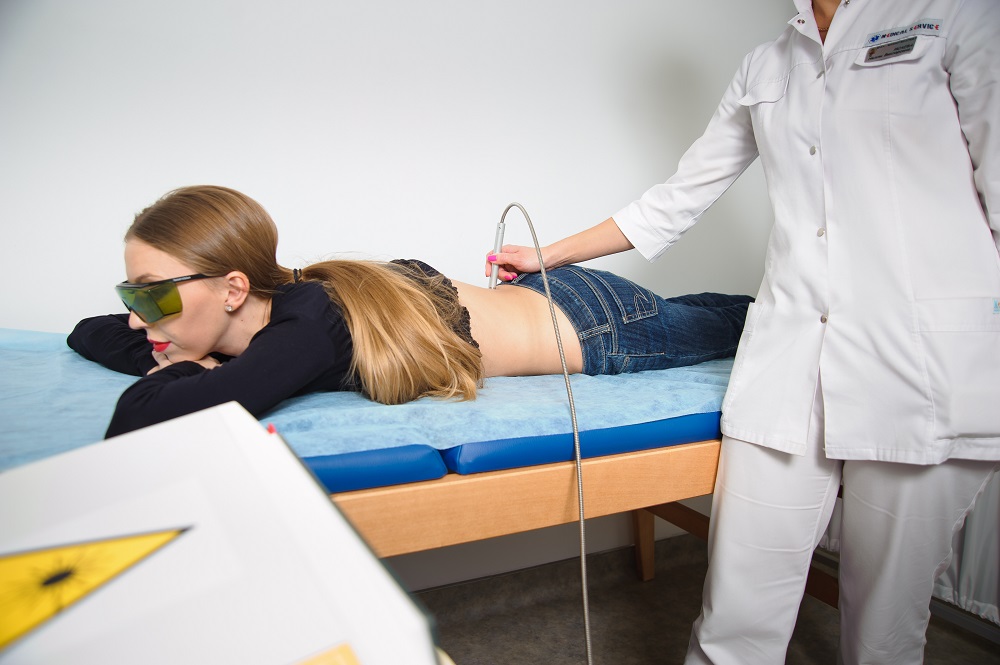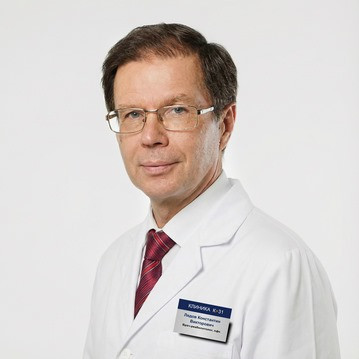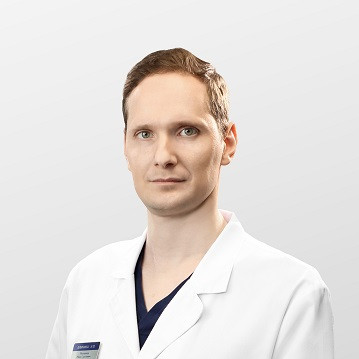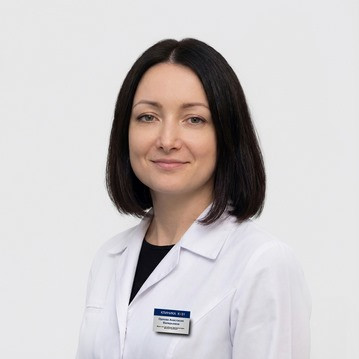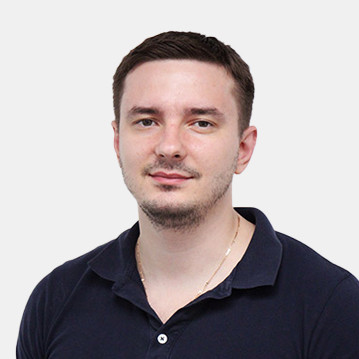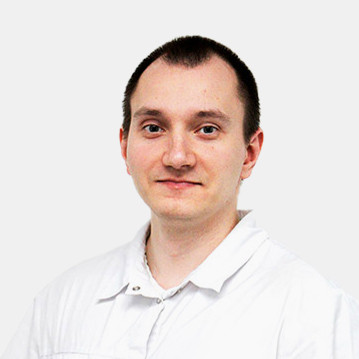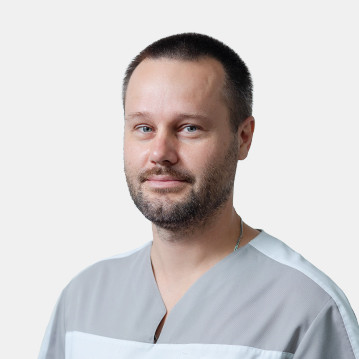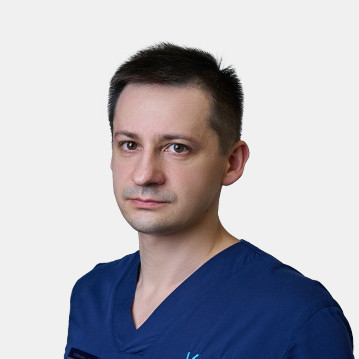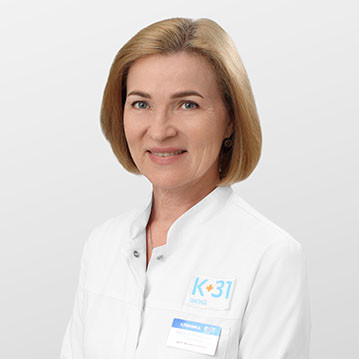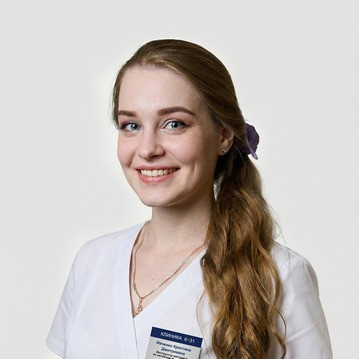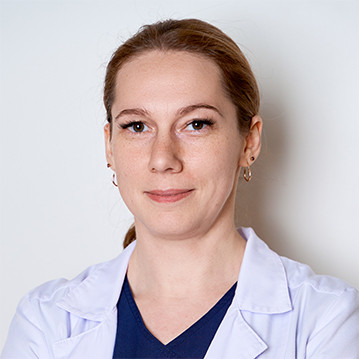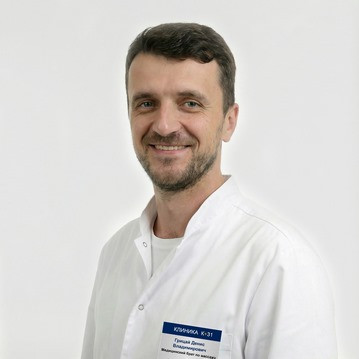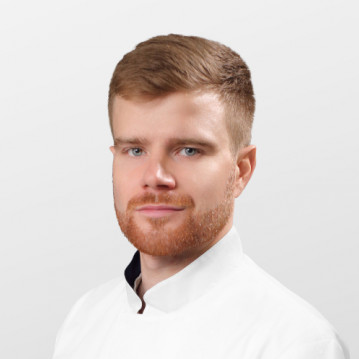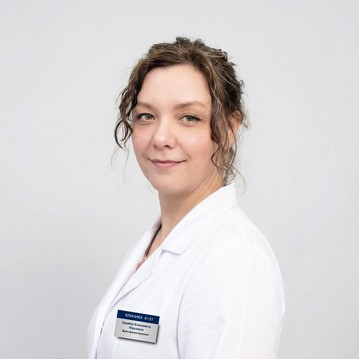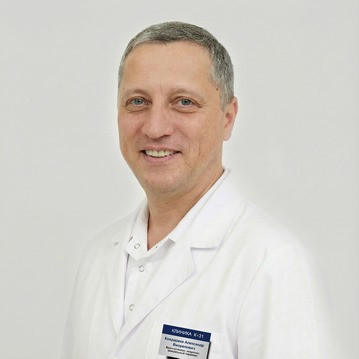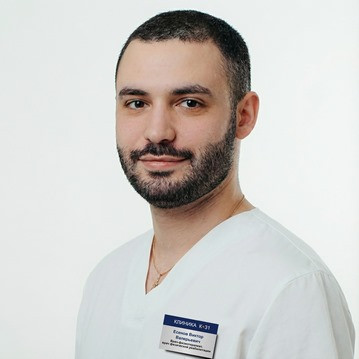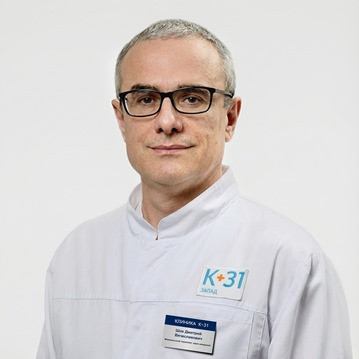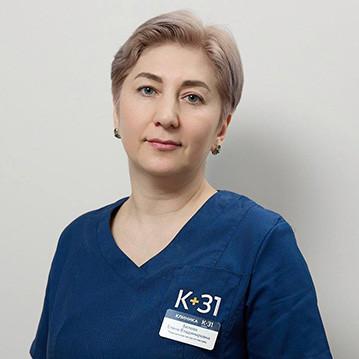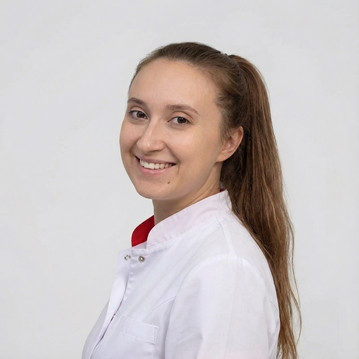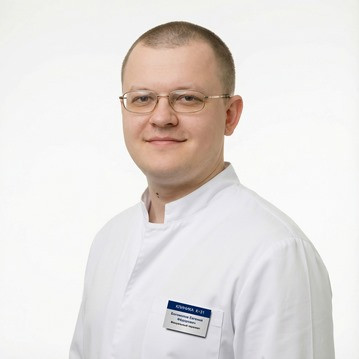Rehabilitation after spinal injuries
Specialists of the K + 31 clinic carry out the whole range of surgical, therapeutic and rehabilitation treatment in inpatient and then outpatient settings. The efforts of our doctors allow us to achieve a stable remission of spinal patients, restore their health and physical activity, restore a full life and ability to work.
For the successful treatment and rehabilitation of spinal patients, it matters:
- severity and nature of the spinal injury;
- literacy of the chosen treatment and recovery strategy for patients;
- continuity, consistency and complexity of restorative medicine.
Specialists of the K + 31 clinic consider the course of treatment of spinal injuries as a phased recovery, which involves:
- the main period of treatment - with the localization of the injury (3-4 weeks of inpatient treatment);
- early recovery period - restoration of spinal cord function (12 months);
- late recovery period - with the return of the functions of organs and systems affected by spinal injury (2-3 years).
The main period (treatment), depending on the nature and severity of the spinal cord injury, involves:
- complete and deep neurophysiological diagnosis;
- the necessary complex of surgical and orthopedic operations to localize spinal cord injury;
- decompression-stabilizing measures to eliminate pathologies and activate regenerative processes in the body;
- restoration of adaptive locomotor functions;
- correction of the activity of the main organs and vital human systems.
The listed measures can be carried out in stages or in a complex way (depending on the strategy of the chosen treatment method) and simultaneously solve the problem of localization and prevention of possible complications in the spine during spinal injury (cerebral contusion, cysts, syringomyelia, myeloma lation, atrophy of tissues and organs, arachnoiditis), as well concomitant disorders (joint contractures, pressure sores, urological diseases, inflammations and pathologies.
During this period, severe spinal patients also receive a complex of physiotherapeutic treatment, the complex of which includes:
- electrophoresis (ionizing electroinjection of lidase, aloe, delagil, caripazim, collalizin) to the area of spinal injury
- ultrasonic and ultra-background effects of medical preparations on damaged and degraded tissue due to trauma;
- paraffin and naphthalan applications;
- mud baths;
- kinesiotherapy;
- taking nootropics and antispasmodics to restore neural communication and stimulation of paresis muscles.
In addition, spinal patients have the opportunity to restore physical condition with the help of orthosis, physiotherapy exercises, restorative massage and limb massage, training on special medical simulators and robotic complexes, classes in the pool.
Rehabilitation of spinal patients involves the development by the K + 31 clinic specialists of an individual treatment and recovery program, both in the inpatient and outpatient setting. It is very important that the transition from the hospital ward to active recovery begins in a timely manner, proceeds continuously and in stages - under the strict supervision of the attending physician.
Rehabilitation of injuries of spinal patients, which is carried out in the clinic "K + 3" allows, thus, to solve a wide range of problems:
- maximize physical activity and health;
- avoid deep disability, return social and labor ability;
- overcome a psychological crisis and learn to live in a new way;
- acquire the skills of self-adaptation to your condition.
